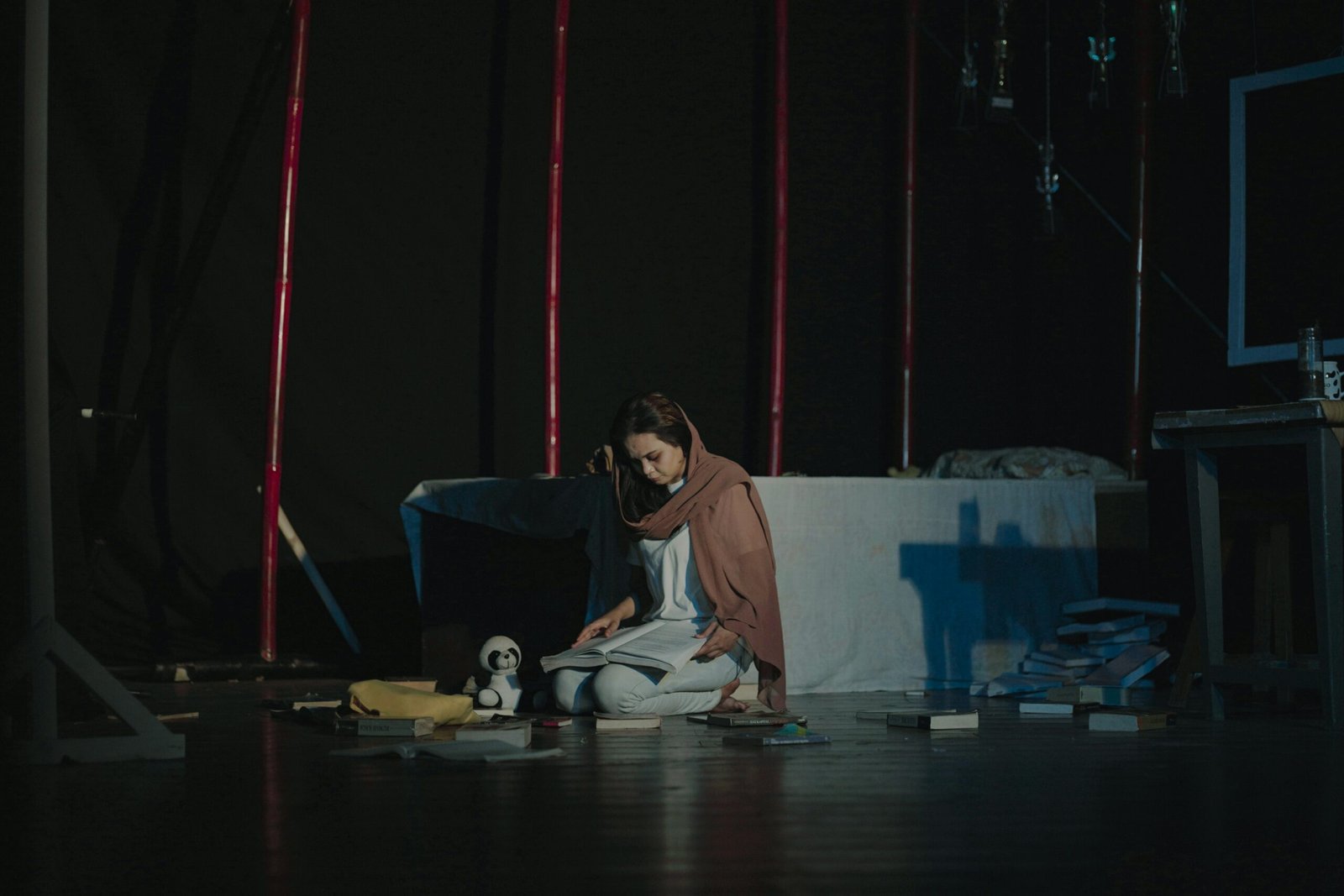
Performance Arts as a Means of Cultural Preservation and Expression
Performance arts have been an integral part of human civilization for centuries. They have served as a means of communication, education, and entertainment. The significance of performance arts lies in their ability to preserve and transmit cultural traditions and values from one generation to another. Through the use of various artistic mediums, such as theater, dance, and music, performance arts provide a platform for individuals and communities to express their unique cultural identities.
The Power of Theater in Storytelling and Reflection
Theater, in particular, has long been regarded as a powerful medium for storytelling and reflection on the human condition. It allows actors to step into the shoes of different characters and explore complex emotions and societal issues. Whether it is a tragedy that explores the depths of human suffering or a comedy that brings laughter and joy, theater has the ability to touch the hearts and minds of audiences in a profound way.
The Universal Language of Dance
Dance, on the other hand, is a form of expression that transcends language barriers. It is a universal language that can convey emotions, stories, and cultural traditions without the need for words. Through the graceful movements of the body, dancers can communicate a wide range of emotions, from love and joy to sorrow and anger. Dance also plays a significant role in cultural celebrations and rituals, serving as a means of preserving and passing down cultural heritage.
The Evocative Power of Music
Music, too, is a powerful form of performance art that has the ability to evoke strong emotions and create a sense of unity. Whether it is the soul-stirring melodies of a classical symphony or the infectious beats of a lively folk dance, music has the power to transport listeners to different emotional states. It can bring people together, transcending cultural and linguistic differences, and create a shared experience that connects individuals on a deeper level.
Performance Arts as a Reflection of Cultural Diversity and Creativity
Overall, performance arts serve as a reflection of the cultural diversity and creativity of humanity. They allow individuals and communities to express their unique identities, explore complex emotions, and connect with others on a profound level. Through theater, dance, and music, performance arts continue to captivate audiences and play a vital role in shaping and preserving our cultural heritage.
Performance Arts as a Tool for Cultural Revitalization
Performance arts not only serve as a means of cultural preservation but also as a powerful tool for cultural revitalization. In many cases, traditional art forms have been on the verge of extinction due to various factors such as urbanization, migration, and the influence of modernization. However, through dedicated efforts and initiatives, these art forms are being revived and reintroduced to the younger generations.
Connecting with Cultural Roots and Identity
By engaging in performance arts, individuals not only connect with their cultural roots but also develop a sense of pride and belonging. It allows them to explore their own identity within the context of their community and history. Through the mastery of artistic techniques and the understanding of the stories and symbolism behind each performance, individuals gain a deeper appreciation for their culture and the values it represents.
Performance Arts as a Tool for Social Change
In addition to their role in cultural preservation and expression, performance arts also have the power to inspire social change. Musicians, theater performers, and performance artists have historically used their platforms to convey powerful messages and advocate for social justice. Whether it is through protest songs, bold performances, or street art, performance arts can challenge societal norms, raise awareness about social issues, and spark conversations.
Performance Arts and Social Change Beyond Traditional Venues
Performance arts as a tool for social change are not limited to traditional venues. Street performances and flash mobs have become popular ways to raise awareness about social issues and engage a wider audience. Additionally, the rise of technology has opened up new possibilities for performance arts as a tool for social change, allowing artists to reach global audiences through online platforms and social media.
Performance Arts as a Tool for Social Change
In addition to their role in cultural preservation and expression, performance arts also have the power to inspire social change. Musicians, theater performers, and performance artists have historically used their platforms to convey powerful messages and advocate for social justice. Whether it is through protest songs, bold performances, or street art, performance arts can challenge societal norms, raise awareness about social issues, and spark conversations.
Performance Arts and Social Change Beyond Traditional Venues
Performance arts as a tool for social change are not limited to traditional venues. Street performances and flash mobs have become popular ways to raise awareness about social issues and engage a wider audience. Additionally, the rise of technology has opened up new possibilities for performance arts as a tool for social change, allowing artists to reach global audiences through online platforms and social media.
The Power of Performance Arts in Fostering Understanding and Unity
In conclusion, performance arts play a vital role in the preservation, revitalization, and promotion of cultural heritage. They serve as a means to pass down traditions, reclaim cultural identity, and foster cultural exchange. Through the power of artistic expression, communities can ensure that their cultural practices and identities continue to thrive and evolve, contributing to the rich tapestry of human diversity.
Performance Arts as a Tool for Social Change
In addition to theater and dance, music is another performance art that has been used as a tool for social change. Throughout history, musicians have used their songs to convey powerful messages and advocate for social justice. Beyond traditional performance arts, performance art itself has emerged as a powerful medium for social change. Performance artists use their bodies and actions to make bold statements and challenge societal norms. Performance arts as a tool for social change are not limited to the stage. In recent years, street performances and flash mobs have become popular ways to raise awareness about various social issues. Furthermore, the rise of technology has opened up new possibilities for performance arts as a tool for social change. In conclusion, performance arts have a long history of being a tool for social change.


